Online Aesthetics and Gender Identity:
The evolution of girlhood
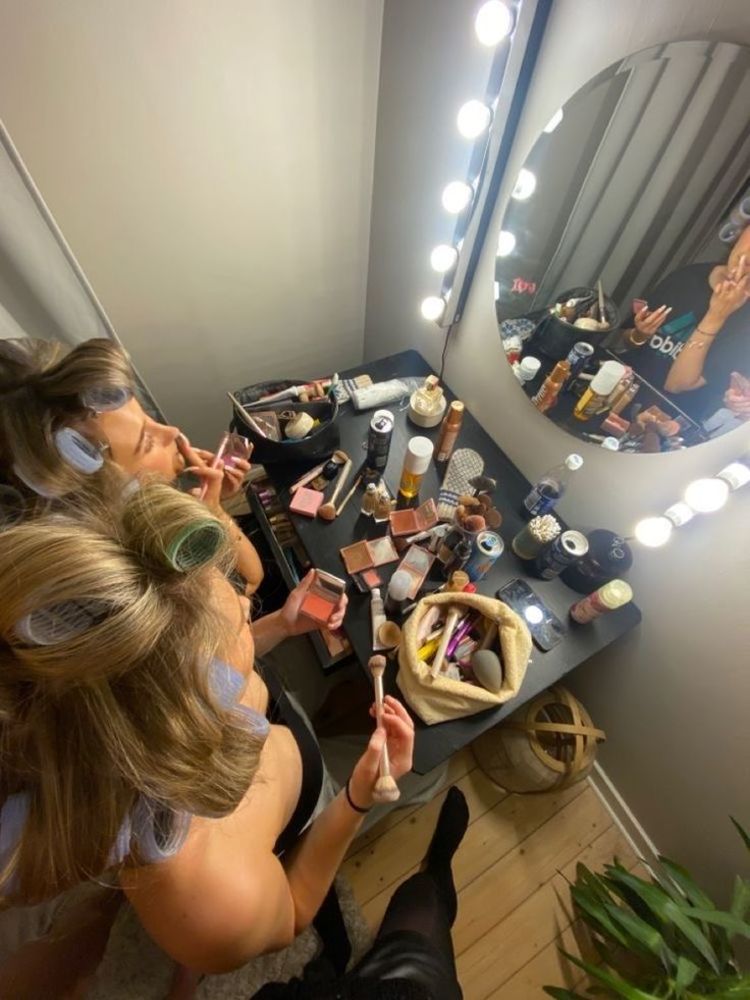
Amidst the excitement and charm of online "girl aesthetic" trends lies a vibrant world of creativity, captivating countless individuals with their cute and trendy appeal. Yet, beneath the surface, these trends pose complex questions about their impact on genuine self-expression and empowerment.
The 'Clean Girl' Aesthetic
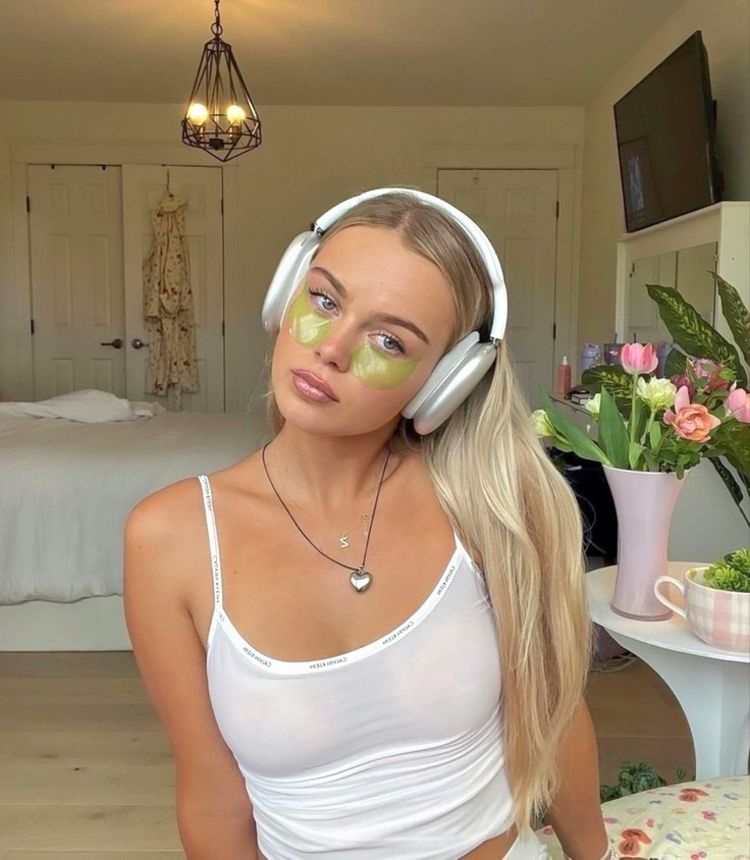
As a society, we have been trained culturally to always look for the latest trends and fades to indulge ourselves with. the latest and greatest trend saturating social media platforms is the "clean girl" aesthetic. The clean girl aesthetic, emphasises minimalism, natural beauty, and a holistic approach to self-care. It revolves around the concept of achieving a clean, fresh, and radiant appearance through simple skincare routines, natural makeup looks, and healthy lifestyle habits. This aesthetic often promotes clear, dewy skin, effortless hair, and understated fashion choices, with an emphasis on clean ingredients, sustainability, and ethical consumption. Influencers often showcase their curated routines and products on social media platforms, contributing to the perception of simplicity and authenticity. However, despite its initial appearance of promoting healthier living and embracing natural beauty, the clean girl aesthetic has been criticised for its lack of diversity, exclusionary beauty standards, and promotion of consumerism. While it reflects a desire for a wholesome and balanced lifestyle, it's important to recognise and address its limitations and potential negative implications in perpetuating narrow beauty ideals.
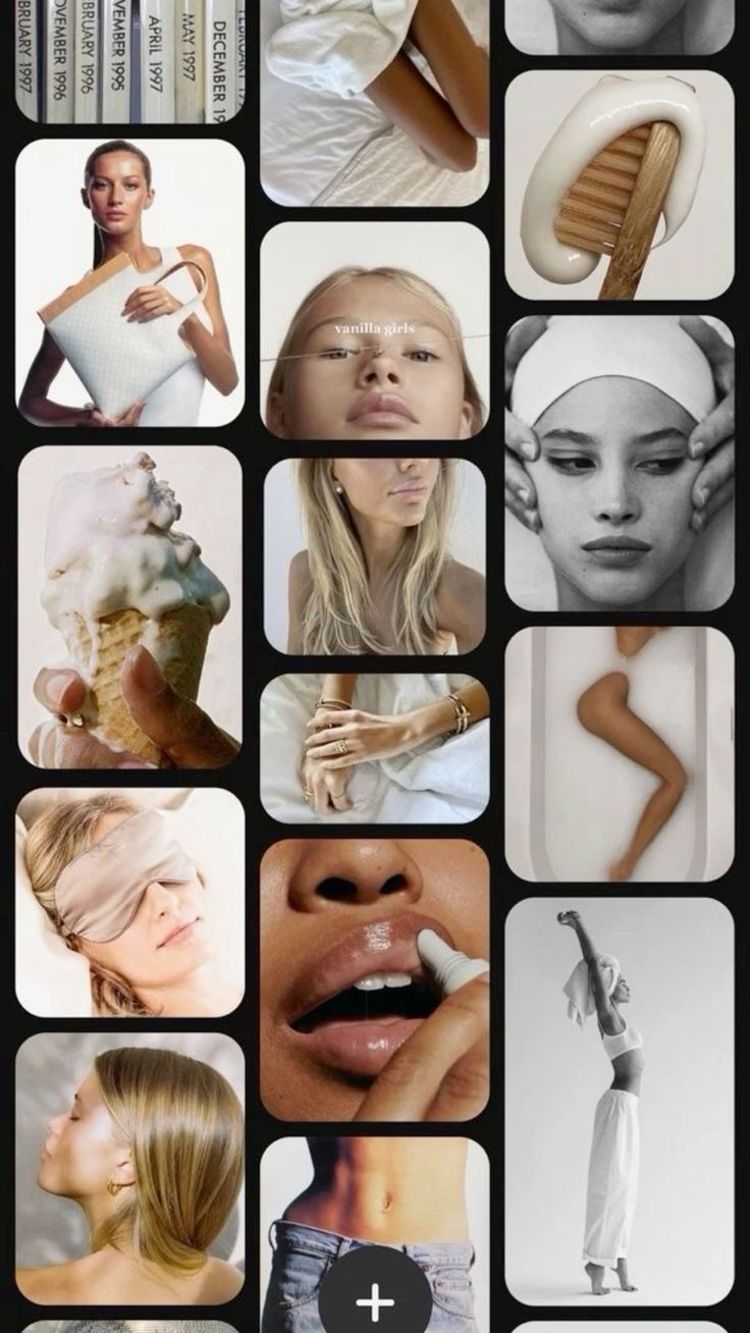
Faces of the trend

Matilda Djerf
Matilda Djerf, minimalist fashion brand alines heavily with the clean girl aesthetic centred around creating a captaul wardrobe. Her natural glowy makeup, and perfect hair, as-well as promoting health and wellness. Overall, her curated content reflects the desire for a clean, radiant appearance and a balanced lifestyle synonymous with the clean girl aesthetic.
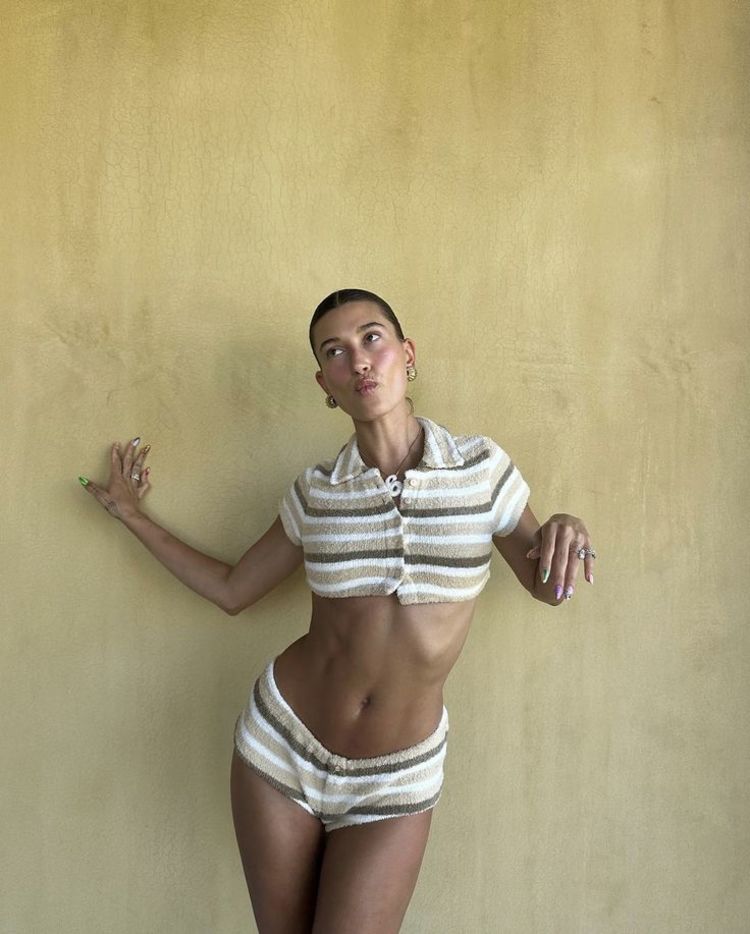
Hailey Bieber
Famous supermodel and also wife of Justin Bieber, Hailey very much is the eipitmy of the clean girl aesthetics, recently promoting her skincare brand Rohde, and hugely idealising skin just like a 'Glazed Donut'. She emphasises the importance of skincare and wellness, promoting clean and sustainable beauty products that align with the aesthetic's values.
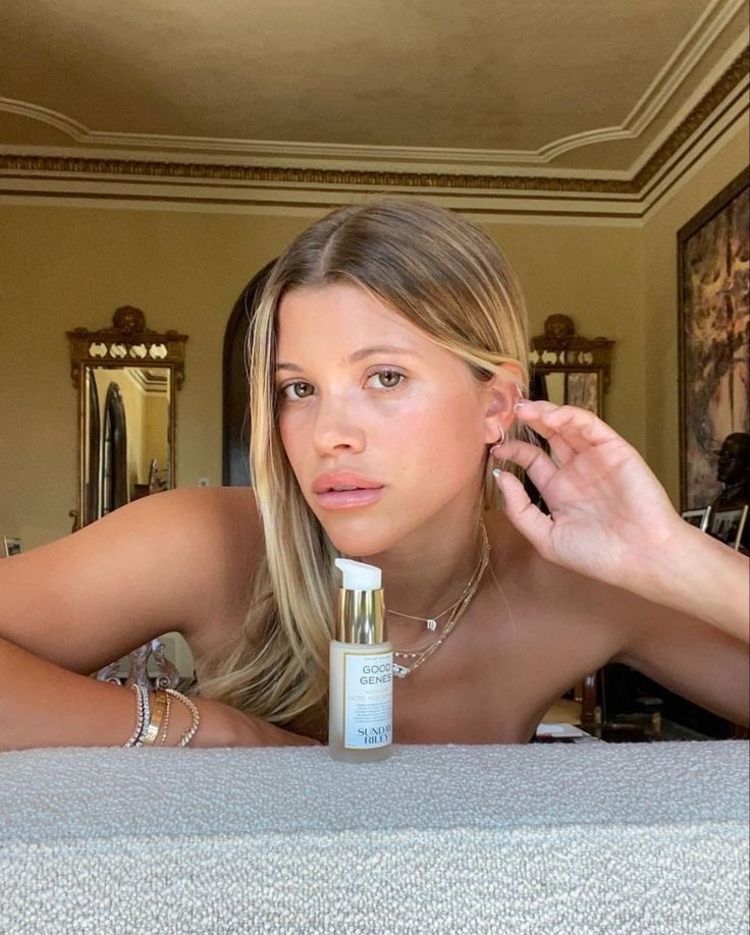
Sofia Richie Grainge
Sofias is leading the pack, with her classy style, flawless skin and quite luxury fashion, known for her slick back buns, and mastering the no makeup makeup look. Her fashion choices reflect simplicity and sophistication, with a preference for clean lines and neutral colours. By showcasing her fashion and beauty contributes to the clean girls atheistic of effortless elegance and natural beauty.
With influencers, like Hailey Bieber, Sofia Richie, and Matilda Djerf leading the pack of the clean girl aesthetic, it deeply impacts society more than know with the discriminatory and classiest undertones the aesthetic projects. Representing a homogeneous ideal of beauty: white, blonde, thin, and seemingly flawless. This limited representation not only excludes diverse racial and ethnic backgrounds but also reinforces harmful stereotypes about what constitutes attractiveness and desirability in society. By continuously showcasing their seemingly effortless perfection, these influencers contribute to the normalisation of unattainable beauty standards, further marginalising individuals who do not fit within this narrow mould.
Moreover, the portrayal of clean girl influencers as effortlessly perfect glosses over the reality of the effort and resources required to maintain such an image. Behind the curated Instagram feeds and carefully crafted personas lie hours of grooming, expensive skincare products, and access to privileged lifestyles. This exclusivity perpetuates class divides, as the clean girl aesthetic becomes synonymous with affluence and privilege. The association with expensive skincare products and luxury lifestyles alienates those who cannot afford to participate, further widening the gap between the haves and the have-nots.
By promoting a homogenized standard of beauty and reinforcing classist ideals, influencers like Bieber, Richie, and Djerf inadvertently perpetuate societal inequalities and contribute to feelings of inadequacy and exclusion among those who do not conform to these unrealistic standards.
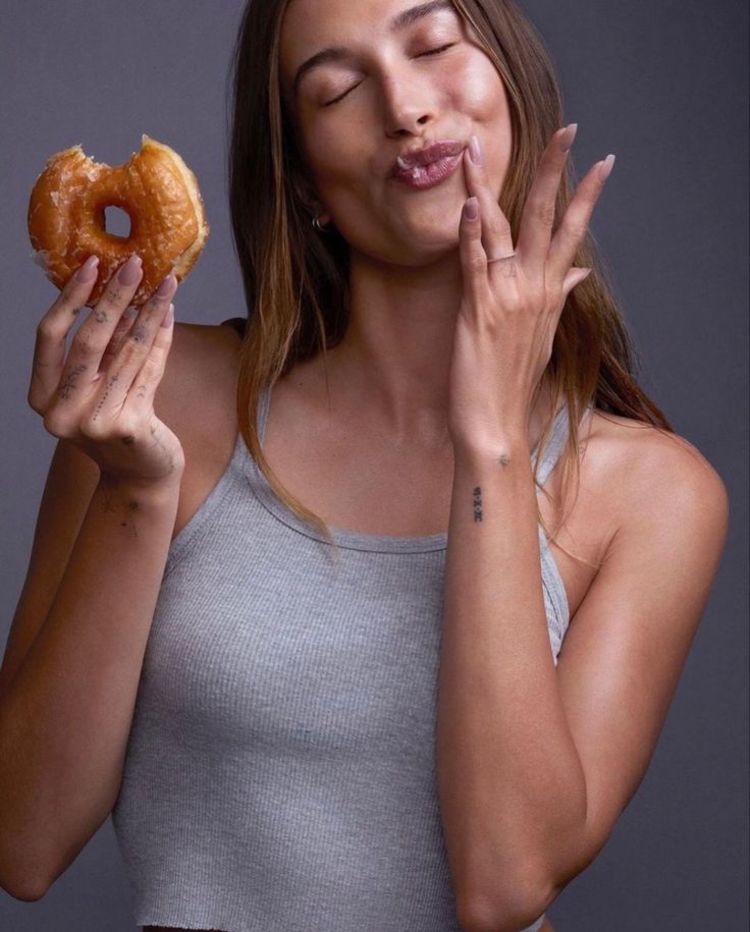

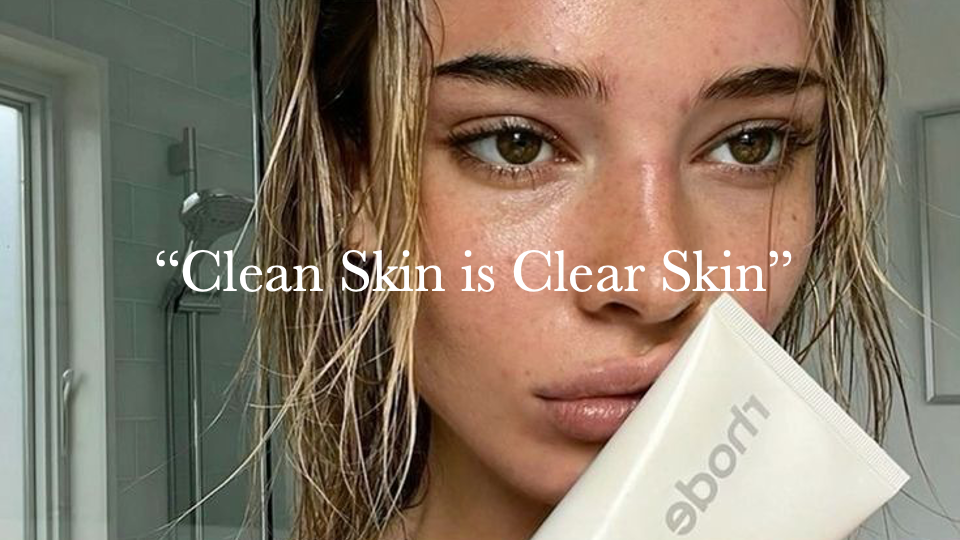
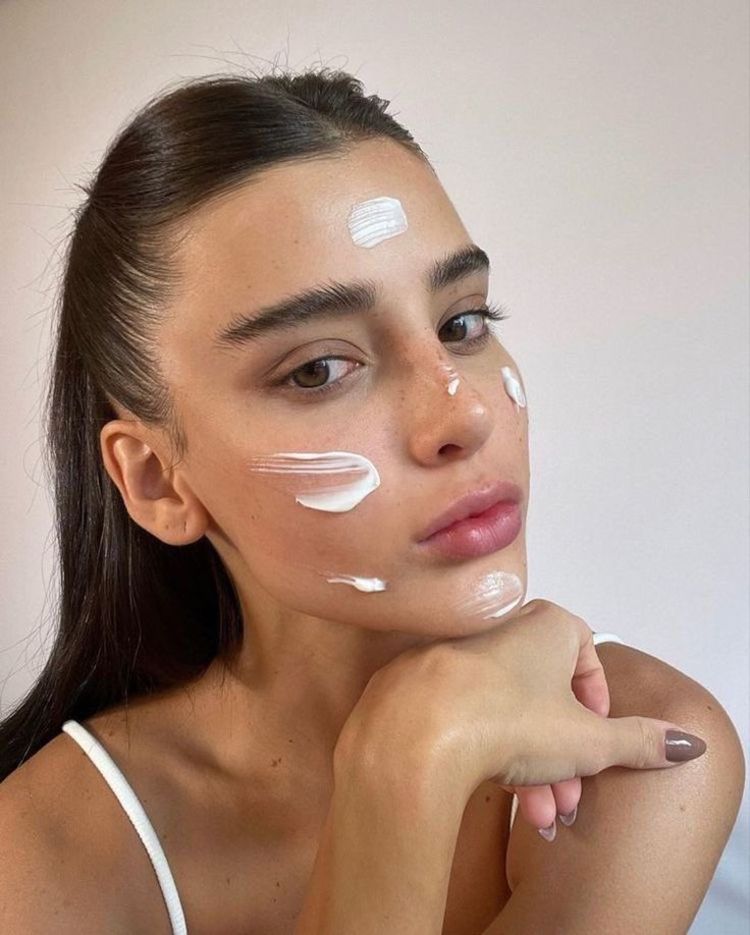
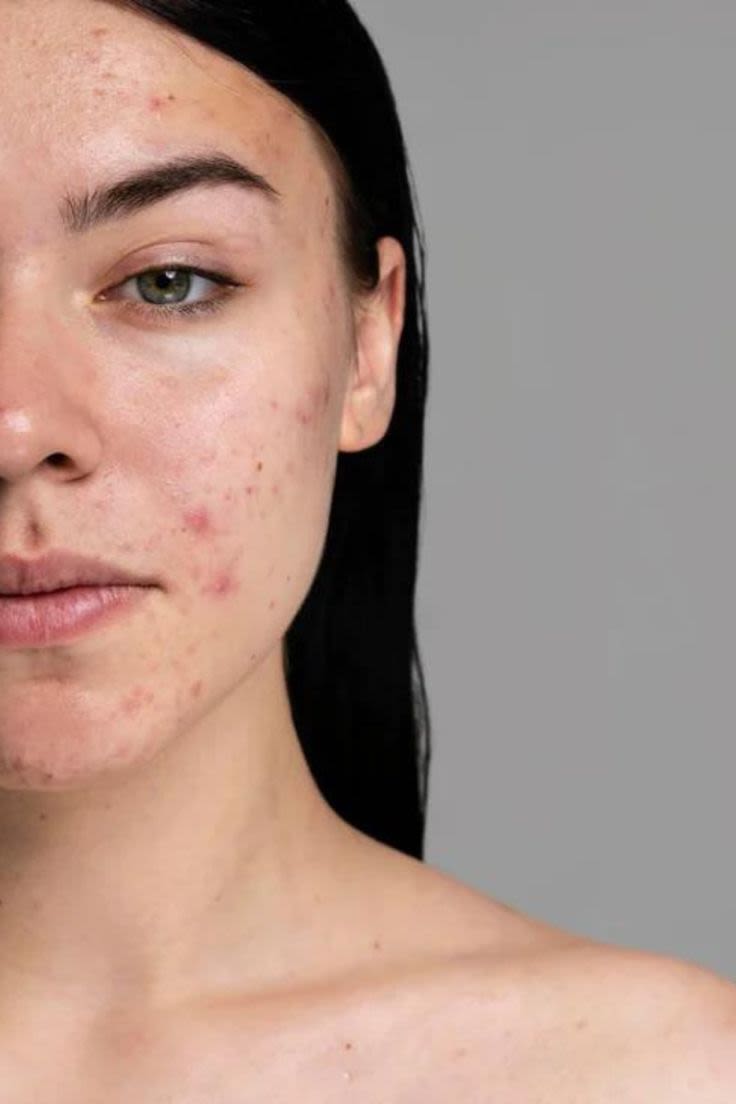
Despite its outward appearance of promoting simplicity and authenticity, the clean girl aesthetic carries negative implications, particularly regarding the perception of clear skin as the epitome of cleanliness. One of the core pillars upholding the clean girl aesthetic is deeply centred on having perfect, bouncy skin and that if your skin is clear, it equates to cleanliness. This cornerstone belief within the aesthetic suggests that having flawless, bouncy skin equates to being clean and pristine. However, this narrow definition of cleanliness fails to acknowledge the diverse spectrum of natural skin textures and conditions that individuals possess. As a result, those who do not conform to the standard of clear, radiant skin are unjustly stigmatised and labeled as impure or dirty.
This stigmatisation is deeply harmful, as it perpetuates unrealistic beauty standards that are unattainable for many. For individuals dealing with acne, blemishes, or other skin concerns, the clean girl aesthetic exacerbates feelings of inadequacy and self-doubt. Instead of celebrating the natural diversity of skin, it fosters a culture of shame and insecurity surrounding imperfections. This is particularly damaging for young people who are navigating hormonal changes and may already feel self-conscious about their appearance. Furthermore, the notion that only clear skin is considered clean is not only inaccurate but also deeply unfair. Skin conditions such as acne are not indicative of poor hygiene or cleanliness; rather, they are often influenced by genetics, hormones, and other factors beyond an individual's control. Therefore, labelling anyone who doesn't have "clean girl skin" as dirty is not only untrue but also perpetuates harmful stereotypes and prejudices.
The transition from heavy makeup to minimalism within the clean girl aesthetic has not mitigated its detrimental effects; rather, it has redirected attention towards skincare products as the latest commodity. The burgeoning trend of pursuing dewy, plump skin and adopting minimalist beauty routines, heralded by clean girl influencers, serves only to exacerbate the narrow confines of beauty standards and perpetuate unrealistic expectations. This evolving trend predominantly caters to a specific demographic, further marginalising diverse representations of beauty and reinforcing harmful stereotypes.
By capitalising on skincare as a commodity and glorifying unattainable ideals of perfection, the clean girl aesthetic perpetuates damaging beauty standards that prioritise superficial appearance over authenticity. This commercialisation of skincare not only commodifies self-care practices but also reinforces societal pressures to conform to an idealised image of beauty. In doing so, it perpetuates a culture of comparison and self-doubt, wherein individuals are constantly striving to achieve an unattainable standard of perfection.
The messy girl aesthetic
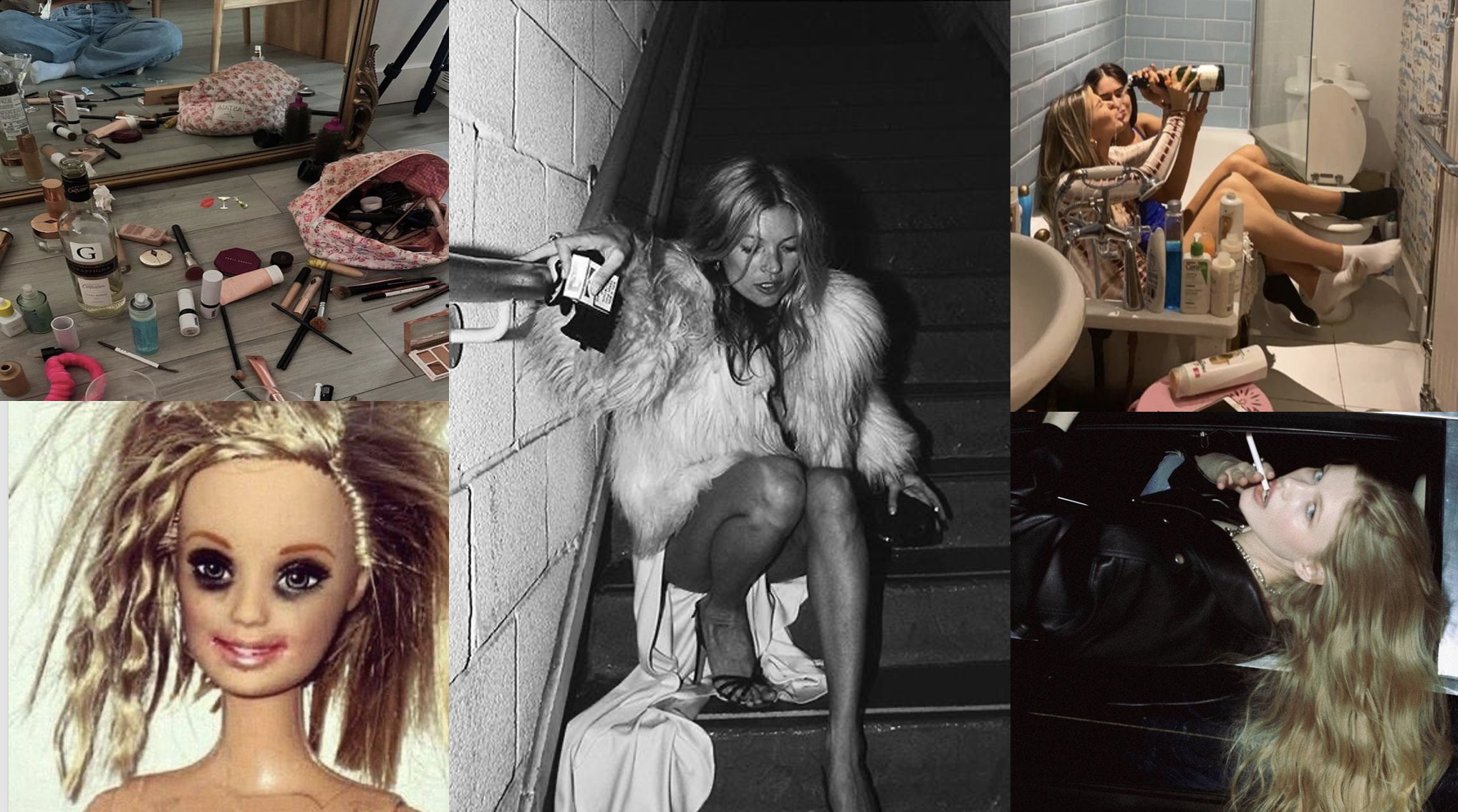
In 2005 it was “Cocaine Kate,” and in 2024 it is prominent TikTok star Alix Earle. The “messy girl” aesthetic is a cultural phenomenon that challenges traditional notions of femininity and beauty. Often characterized by dishevelled hair, smudged makeup and unconventional fashion choices. This aesthetic gained prominence in the 1990s around the same time Kate Moss emerged as an icon of authenticity and rebellion. Moss’s androgynous style, tousled hair and nonchalant demeanour could previously be described as “heroin chic,” nowadays, this falls under the umbrella term “messy girl” aesthetic.
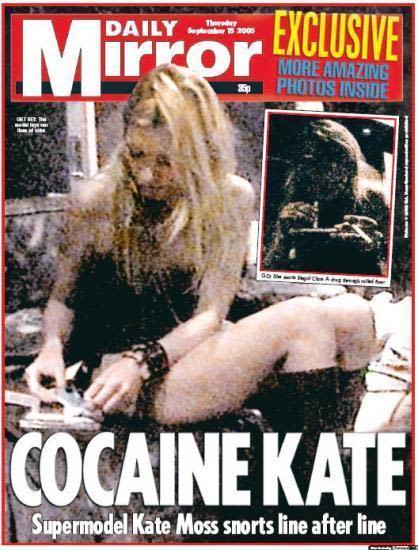
The "messy girl" aesthetic gained prominence in 2023, propelled into the spotlight by TikTok star Alix Earle. Describing herself as "a hot mess" in her TikTok bio, her “get ready with me” videos are what initially gained her following until she began to reveal the chaos behind her day-to-day life. At the time, Earle was navigating her college years as an American student, a fact that struck a chord with many of her followers, though, many of them wondered how she juggled her studies alongside her busy social calendar.
The revelations began when Earle filmed a college house tour – a Miami house she shared with six other flatmates. The video showed clothes scattered on the floor, evidence of past parties with cans and shot glasses, and toiletries strewn on makeshift surfaces. Perhaps most notable was the cockroach house she and her flatmates made and named “Casa Cucaracha” With a laugh, Earle explained “We get a lot of cockroaches so we made a little house for them.” This revelation of the mess behind Alix Earle and her blonde beauty surged her personality into the spotlight, leading to more unhinged content such as filming her signature "get ready with me" videos while hooked up to an IV drip, after partying already the night before.
It is easy to argue that the messy girl aesthetic represents a departure from the polished and perfect beauty standards often perpetuated by mainstream media. On the surface, Kate Moss and Alix Earle are refreshing examples of celebrities embracing authenticity and imperfections.
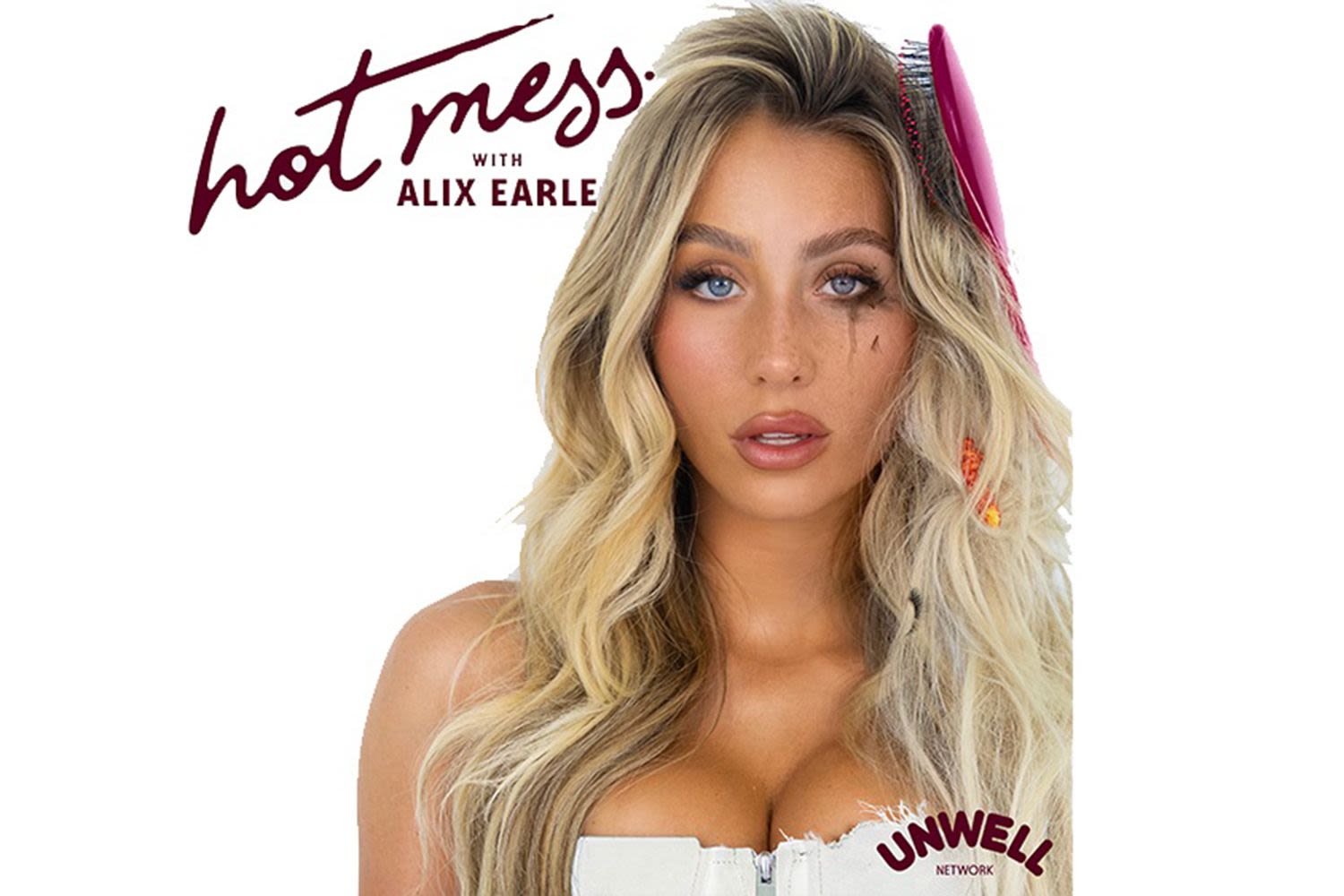
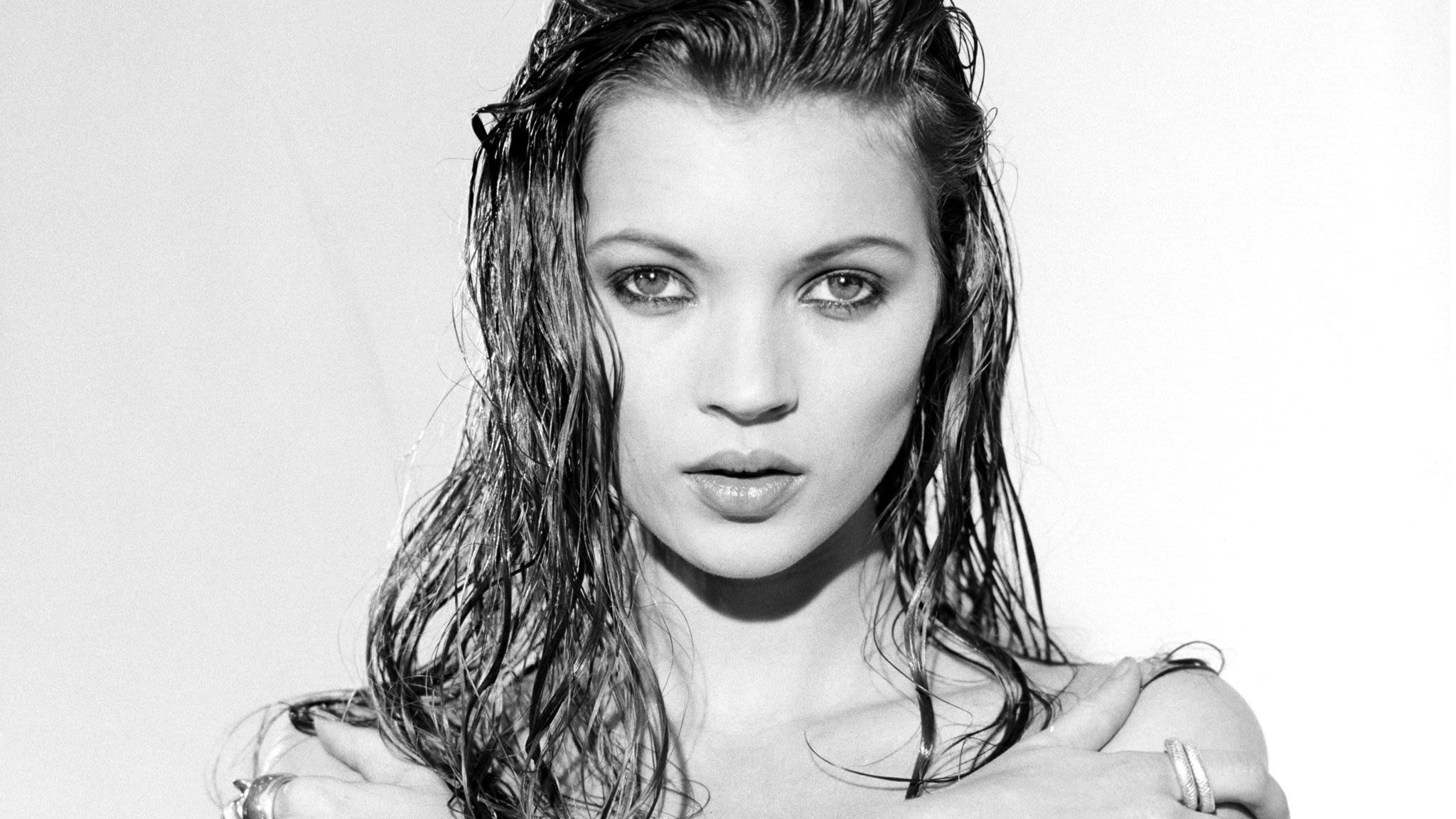
However, it is nearly impossible to overlook the undeniable beauty embodied by both of these icons who are supposed to represent a “messy” and “flawed” image.
From 1990 to 2024, both these women are blonde, white, and objectively beautiful. This lack of diversity within the representation of the “messy girl” aesthetic undermines its supposed message of inclusivity and authenticity. Rather, it could be argued that this trend further perpetuates unrealistic beauty standards. Having these women lead the trend shows that in our society even "effortless" beauty requires a certain level of privilege and adherence to societal norms.
Additionally, in 2010 Huffpost reported that following her 2005 cocaine scandal Kate Moss’s earnings doubled from two million pounds to four million pounds a year. This shows that there is something to be said about the commodification and commercialisation of the “messy girl” aesthetic. In light of her success, Alix Earle has started a podcast titled “Hot Mess.” In the description, she states “Let’s be honest, life is messy, and Alix is here to remind you that we’re all on this journey together.” Yet, a month after the podcast dropped on Spotify, Forbes released an interview with Earle revealing the 23-year-old influencer earns five million dollars a year.
Ultimately, while on the surface the “messy girl” aesthetic offers a refreshing trend for young women to rebel against societal norms, deep down the trend is just as damaging and unrealistic as the “clean girl” aesthetic. In essence, it perpetuates a cycle where the privileged and pretty dominate social hierarchies while capitalising on their image. Thus, the “messy girl” aesthetic is just as unattainable as any trend that profits from exploiting other's insecurities.
“White girl” Aesthetic trend in China
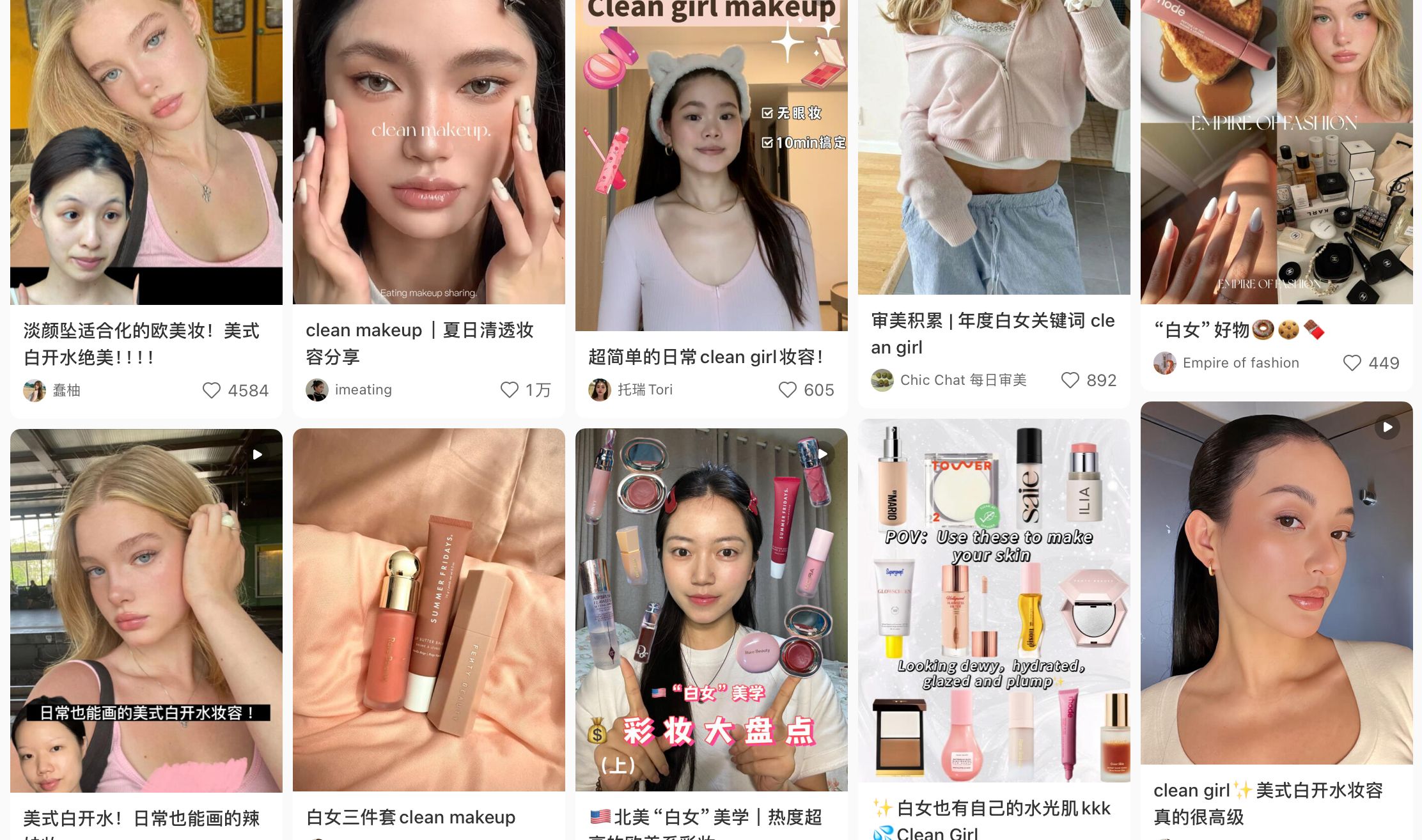
This clean-girl aesthetic trend is also popular in China, especially for young girls, called “the white girl” aesthetic. In China’s social media apps, "White girl aesthetic" has become a buzzword. Now, when one searches for the keyword "白女" (a direct translation of the term "white girl"), there is a lot of content that comes up that resembles a guide for white girls, In this context, the term “白女” does not refer to race, but more to an aesthetic style that is characterised by a preference for light colours, neutral tones, clean make-up, and effortlessly chic clothing that emphasises comfort but exudes sophistication. The "white girl" aesthetic is rapidly gaining popularity on Chinese social media platforms, becoming a vibrant topic of discussion and exploration among influencers and fashion lovers. Various social media platforms are filled with posts, videos and blogs examining this style, offering tutorials, style guides and product recommendations customised to achieve this specific look.
According to these guidelines, the "white girl" aesthetic requires a few essentials: Stanley mug, Lululemon clothing, and a variety of make-up.
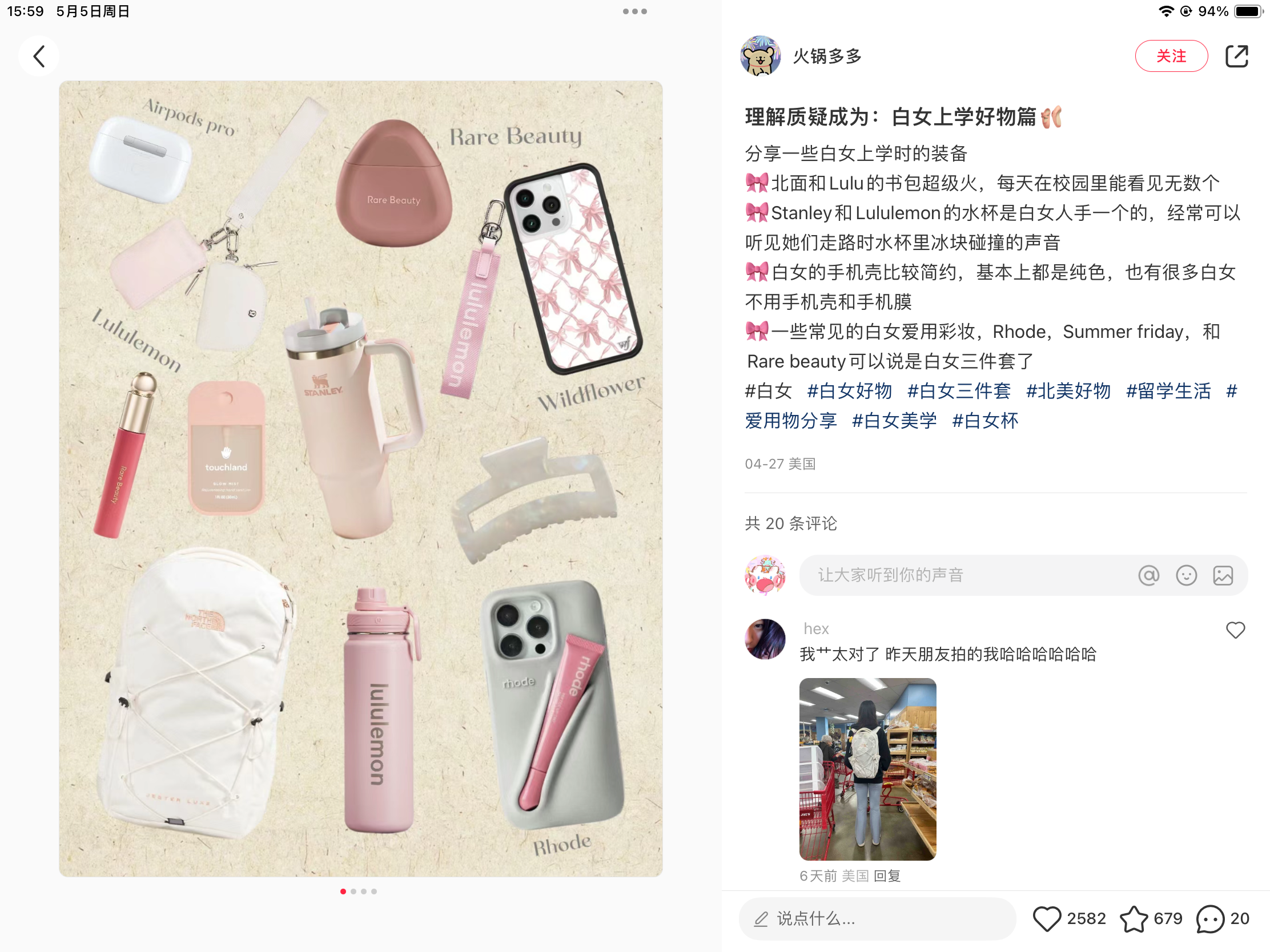
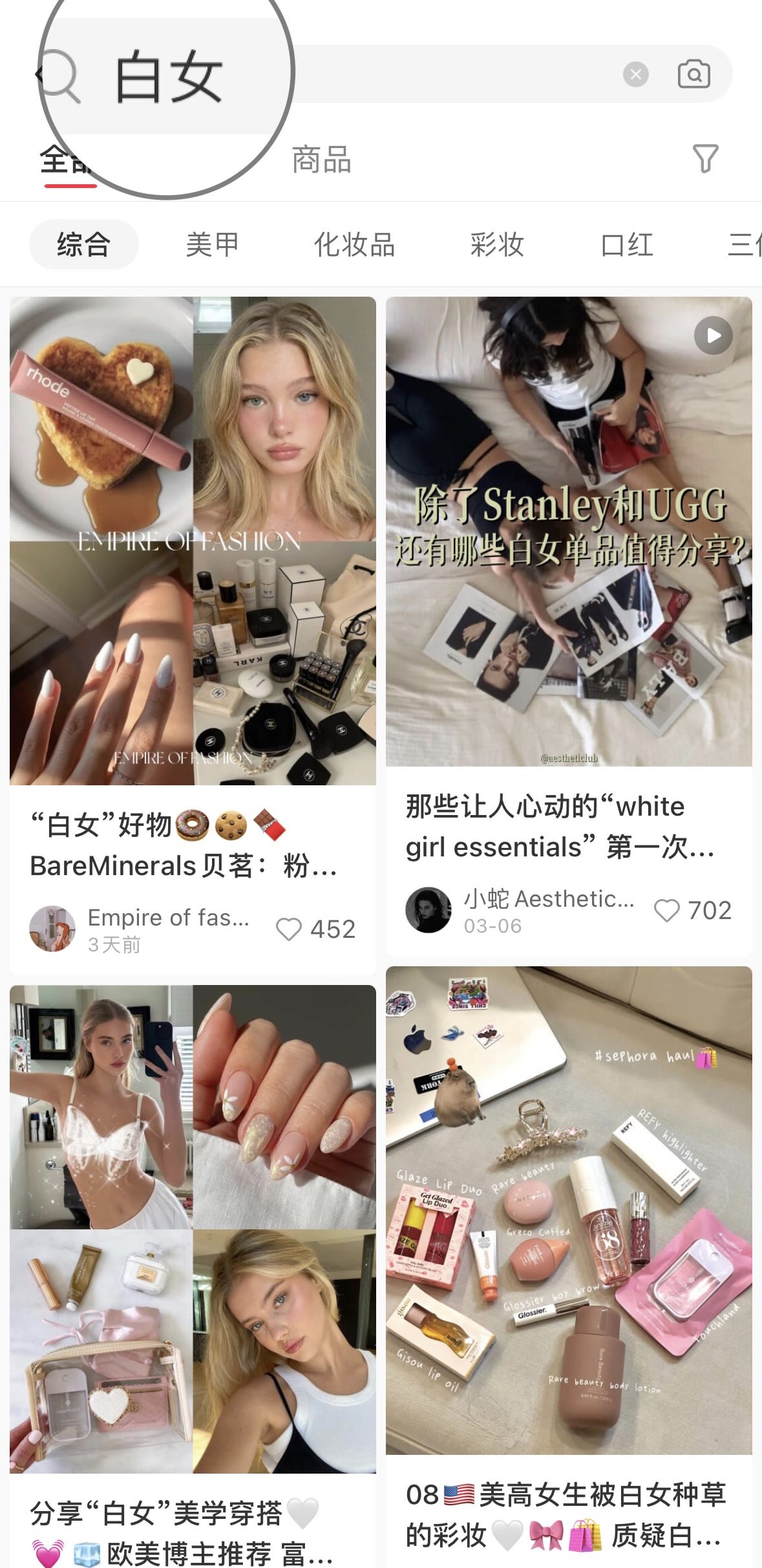
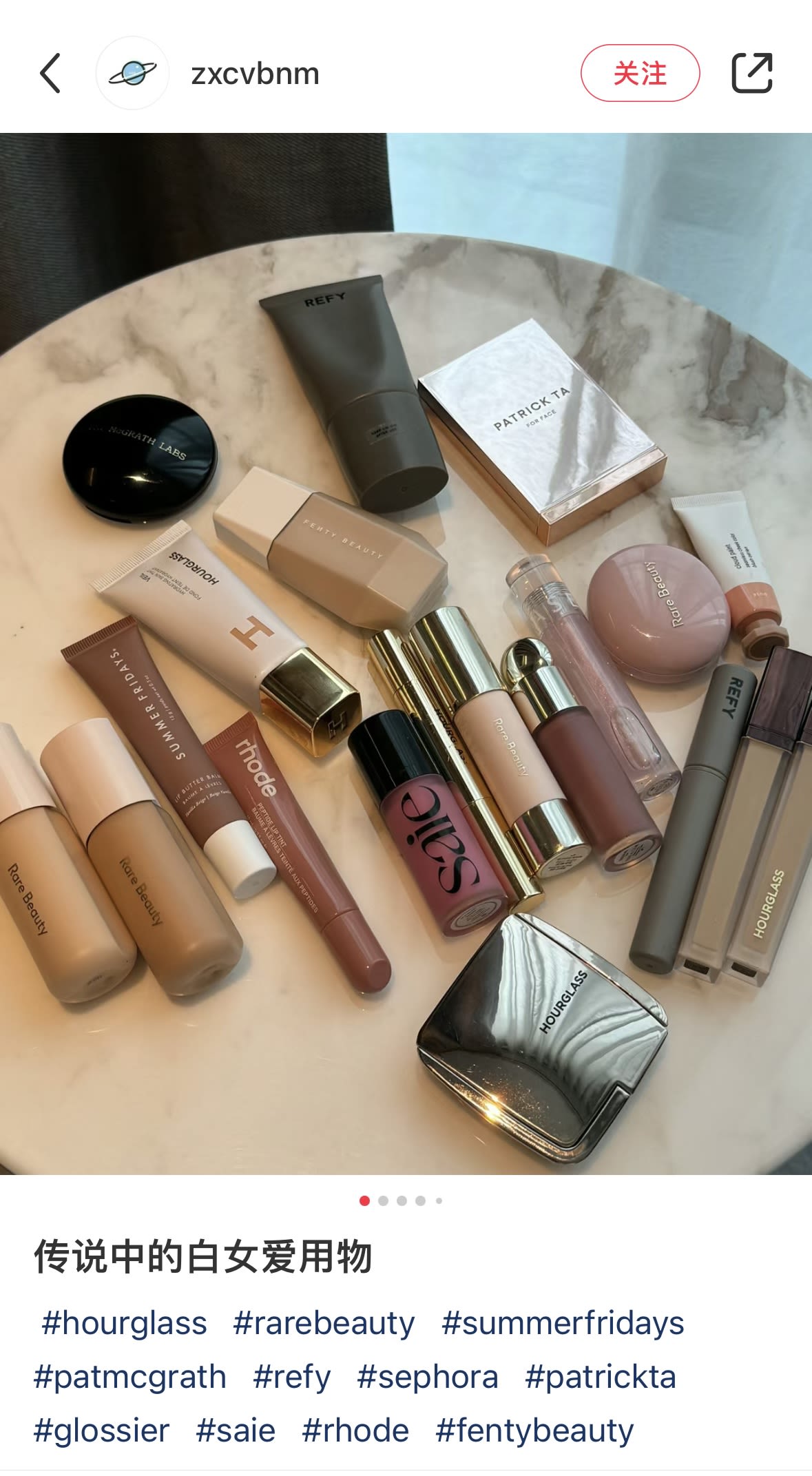
This hot trend has also fuelled the consumption of related products in China, such as Rare Beauty, Hailey Bieber's brand rhode and Summer Friday.
Many influencers have labelled these brands as "white girl" aesthetics, making many young girls think that if they want to look like this, they should have these products first.
This trend can lead consumers to spend significant amounts of money in pursuit of this appearance, which can sometimes be beyond their affordability.
Particularly when it comes to make-up, those seeking a "white girl's aesthetic" may use products that enhance their natural features, such as highlighter, nude-coloured lipstick, and eyeliner. This style of make-up tends to emphasise a relaxed and natural aesthetic. Trying very hard to create the feeling that your skin doesn't need make-up, it's clean and glowing on its own, as if you're not makeup any.
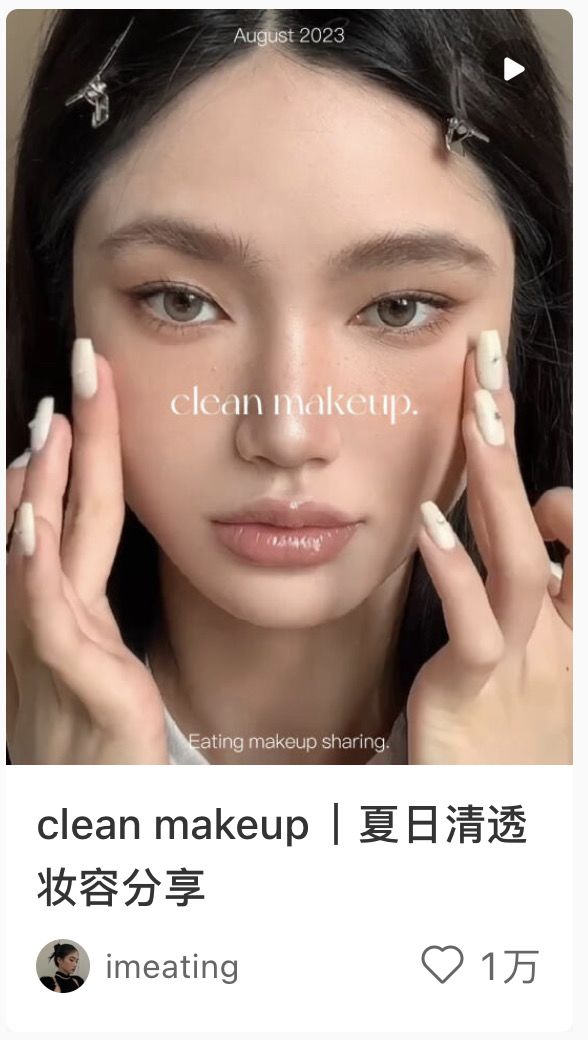
The popularity of the "white girl" aesthetic in China has brought a new set of aesthetic norms to young women. You have to work hard to look effortlessly - effortlessly beautiful and effortlessly exquisite in life. The make-up and life presented by influencers seen by young girls are carefully designed and posed, influencers have a lot of time and money to do this, and they can even be sponsored by brand, But it's not easy for the girls watching them, and girls who give their time and money don't always get the same results as influencers. thus, the constant comparison and pursuit of young girls may lead to a low sense of self-worth and anxiety - why is it possible for others and not for me?
The "white girl" aesthetic is a desire for an aspirational life, more like a model for an aspirational woman. Whether it's the white girl or the Chinese girl, it's as if women don't have their own template for life, and the norms of femininity are always changing, and this is reflected in fashion trends.
The Tumblr Girl Aesthetic
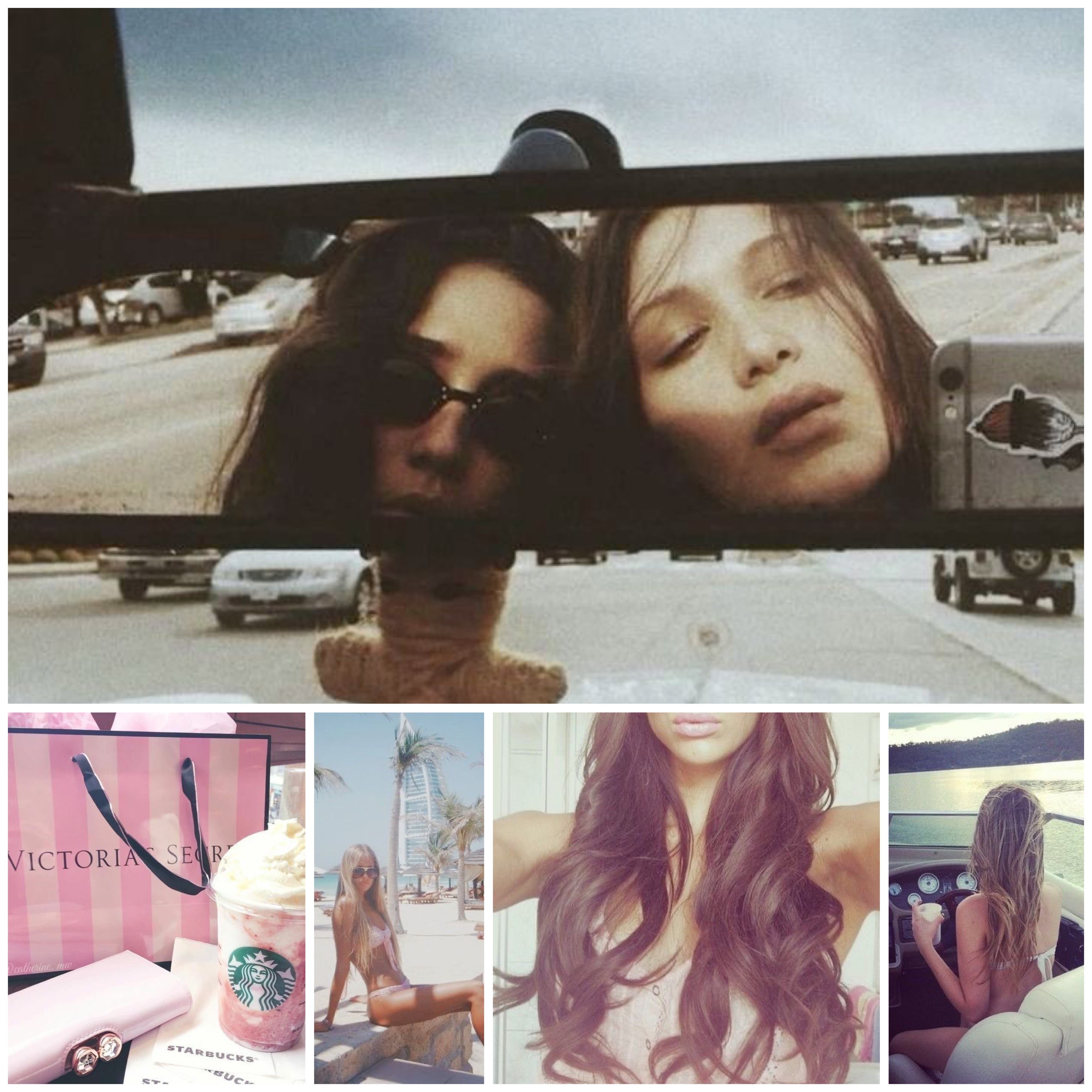
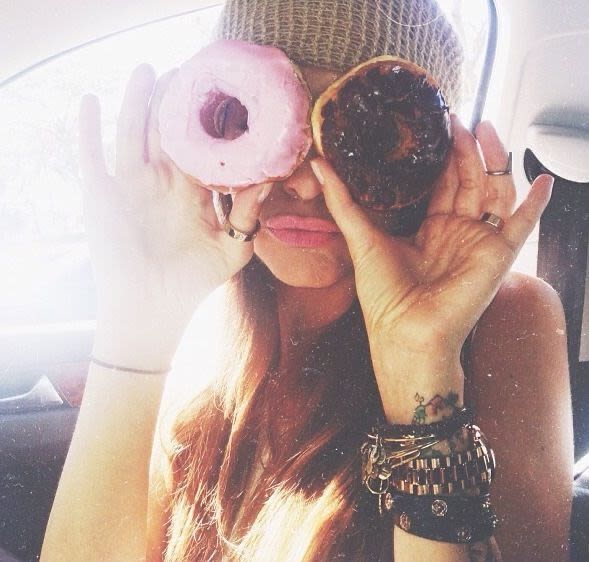
The 2014 tumblr girl era took social media by storm, characterised by its moody color schemes and heavily edited images. The tumblr girl era prioritises a distinctive style marked by heavy makeup, including lash extensions and block brows. This aesthetic was usually complemented by distressed denim or oversized fur coats, blending edgy street style with luxurious pieces. Beyond just fashion and beauty, the tumblr girl era embodied a carefree or rebellious attitude, often conveyed through ‘candid’ or seemingly unfiltered photos.
The infamous Kylie Jenner emerged as an iconic face of the tumblr girl era, embodying it’s signature style and sharing new makeup techniques that harmonize well with the aesthetic, which has since become known as her “King Kylie” era. A term that is used frequently to describe her ‘prime’ or her influential reign over beauty and fashion trends during the 2014 period. During this time a typical Kylie Jenner closet consisted of dark edgy clothing with mixes of leathers and skinny jeans, moody makeup and of course the end of her hair dyed blue.
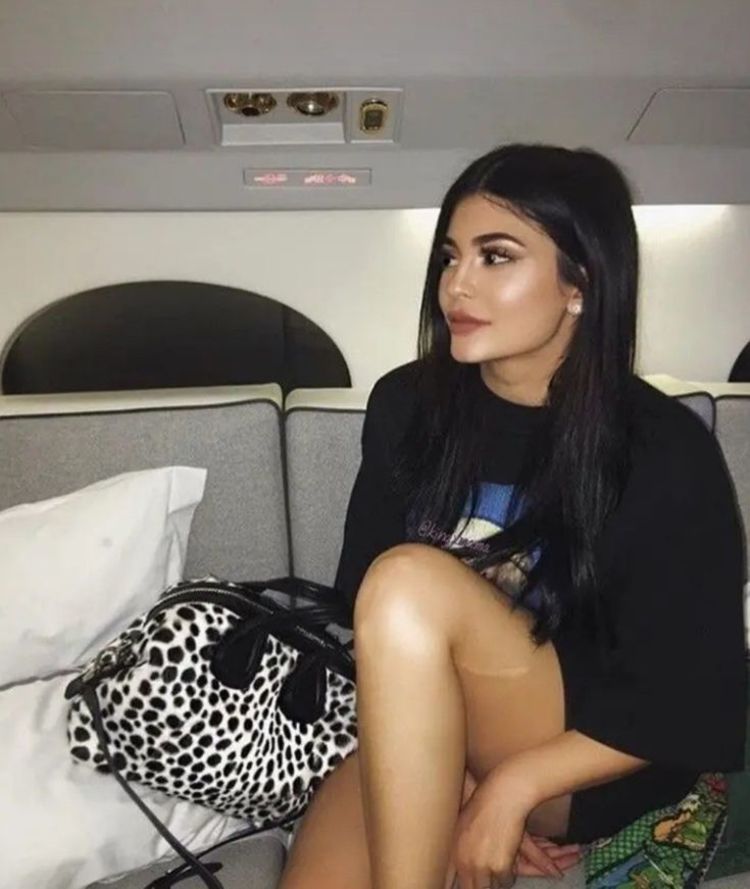
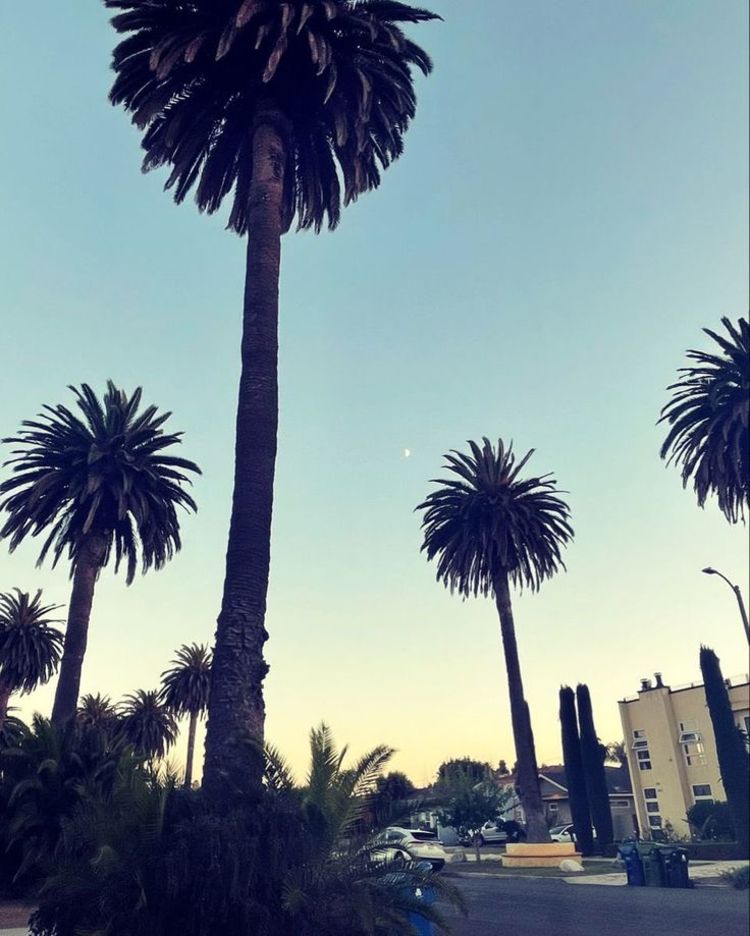
Although Kylie gave Tumblr life, it has become one of the most controversial apps to date. The app created and perpetuated a culture of severe eating disorders through the proliferation of so-called “thinspiration” or “thinspo” content, often featuring idealised and unrealistic body standards. To be a tumblr girl meant romanticising the fact you had an eating disorder or other mental health problems because it's just a part of the ‘aesthetic’. Tumblr inadvertently contributed to the normalisation of unhealthy eating habits and body dysmorphia among its users.
This toxic environment not only encouraged the pursuit of dangerously thin physiques but also facilitated the sharing of harmful diet techniques and encouragement of self-harm behaviors. Moreover, the romanticisation of mental illness, particularly depression, became a hallmark of the tumblr girl aesthetic. Slogans such as “sad but rad” and “tortured artist” were used in countless posts, perpetuating the notion that suffering is a prerequisite for creativity or depth of character. Depression, anxiety and other mental health issues, were heavily romanticised as if they were badges of honor, rather than perceived as real medical conditions that require serious support and treatment. This type of romanticisation not only trivializes the experiences of those struggling with mental illness but also discourages seeking help. This tumblr girl era ultimately juxtaposes the current ‘clean girl aesthetic’ trend which has a large emphasis on self care and being the best version of yourself.
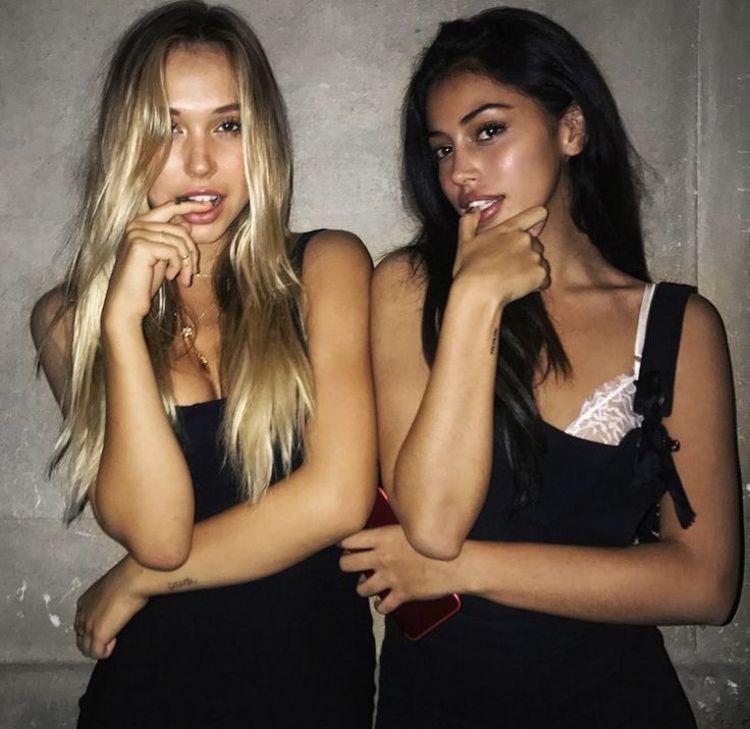
Through this evolution of girlhood, we can see that these trends feed into consumerism, fostering a culture of consumption where identity is commodified and sold, detracting from genuine self-expression and empowerment.